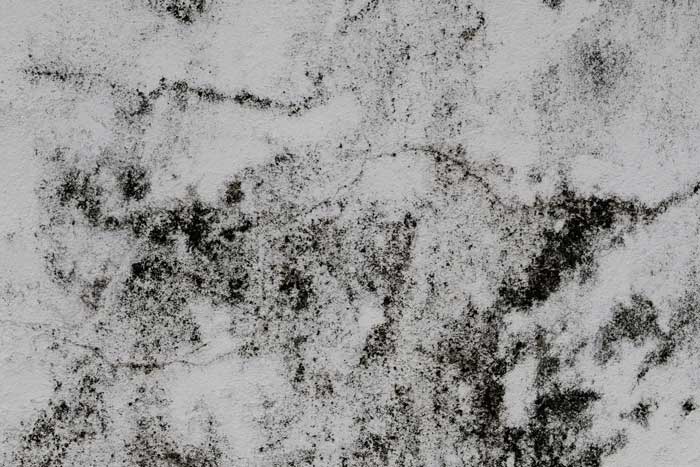The threat of mold is one that property owners know all too well, and the problems that arise with mold growth can escalate quickly from nuisance to health hazard. It’s not just individual property owners, but there is also an increase in public awareness of the danger of mold too. Mold grows indoors and outdoors, and various mold types are organisms that, when outdoors, are vital to the ecosystem, contributing to the breakdown of decomposing plants and animals. Indoors, the presence of mold can spell disaster.

@anniespratt
Mold Types
Mold is a member of the fungi family, and as such, it can release spores into the air through ventilation and heating systems, as well as on clothing, shoes, and pets. The right conditions breed mold spores which affix to surfaces such as carpet, fabric, wood, and paper. Large amounts of moisture and sparse light provide the optimal atmosphere for mold to thrive. Mold appears around leaky pipes, in windows, basements and crawl spaces, attics, sinks, bathtubs, and showers.
Common indoor molds include Cladosporium, Penicillium, and Aspergillus. Cladosporium grows in both cool and warm spaces, and its brown, green and black presence can be found in HVAC systems, fabrics, wood, and carpets. The fuzzy blue, green, and yellow mold called Penicillium lies between carpets and subflooring, basements, and insulation. It thrives where water damage occurs. Aspergillus presents as a green, gray, and white powder consistency with dark spots. It is prevalent where there is little ventilation and spreads swiftly in attics, basements, walls, and fabrics. There are several other types of mold found mostly outside, but they can appear indoors as well.
Determining the type of mold in your building requires testing, and a proper mold remediation company can detect mold and present a plan for removing it from your property.
Signs & Hazards of Mold
Mold may begin as a small, undetectable speck, but it can quickly grow and expand, causing large amounts of property damage. When you detect a spot, it’s often easy to determine whether it’s mold or an old stain. Mold can appear powdery with a musty or earthy smell. If you detect a spot in a dark space with moisture, it’s best to be cautious and assume it is mold. Warping, peeling, and cracking materials may be the result of mold as well, and if the stain or spot grows, all signs point to mold.
Mold has the potential to pose health risks that range from minor to more serious. When touching or inhaling mold spores, a person may experience a runny nose, congestion, or eye irritation. More serious symptoms include headache, rash, wheezing, and lung irritation. Ultimately, mold can cause infections when it exacerbates allergies, asthma, or conditions that compromise the immune system. Constant mold exposure is a health risk that often goes unchecked and can lead to chronic health concerns.
Removing Mold from Property
Mold removal is best accomplished under the supervision of a professional. To the untrained eye, it is easy to miss mold proliferating in small and less detectable places, which can lead to serious issues in the future. When a contractor with a licensed and certified mold remediation crew is brought on board, the fight against mold becomes tactical, and the clear, clean property can promote better health and prevent mold damage to walls and ceilings.
“Mold is a common, unanticipated effect of water damage to a property,” says a representative of BluSky Restoration Contractors, a nationally recognized leader in restoration and remediation. “Assessing mold damage and treating early with a Certified Industrial Hygienist prevents long-term damage and toxic air conditions. A proper team will lead you to solutions for mold prevention going forward and present a plan to remove the mold, clean the space, and repair damage caused to the property.”
Mold Prevention
While eliminating mold is impossible, preventing the spread of mold on your property is often manageable when proper preventive measures are implemented. From fixing water leaks to ensuring proper drainage, mold prevention requires diligence and follow-up. As windows show signs of condensation, it’s important to repair and replace them as needed. Using air conditioners and dehumidifiers to keep humidity levels low removes excess moisture in the air, and proper ventilation is essential, especially in rooms where moisture is prevalent, such as bathrooms and laundry rooms. Proper cleaning products can be used to wipe down surfaces where moisture collects, and keeping fabrics and clothing dry will save the trouble of mildew and mold growth. Bathrooms, laundry areas, and basements should have hard floors when possible to avoid moisture collecting under carpets.
Without water, mold will not grow, and prevention comes down to controlling dampness and keeping the property clean and dry. Avoid standing water for over 24 hours as common molds develop after that point. If a building or area becomes damp, drying it out before the 24-hour mark is essential. Maintaining a humidity level of less than 60% can save money and disruption serious mold mitigation in the future.
While mold in a property is not an immediate cause for a health concerns, it should always be removed at the first sign. Its potential to damage health and property is a risk no property owner should take, and prevention is the first step in keeping surfaces and airflow clean. Remain vigilant and take mold seriously from the outset to avoid the stress and expense of repairs and cleaning later on.
